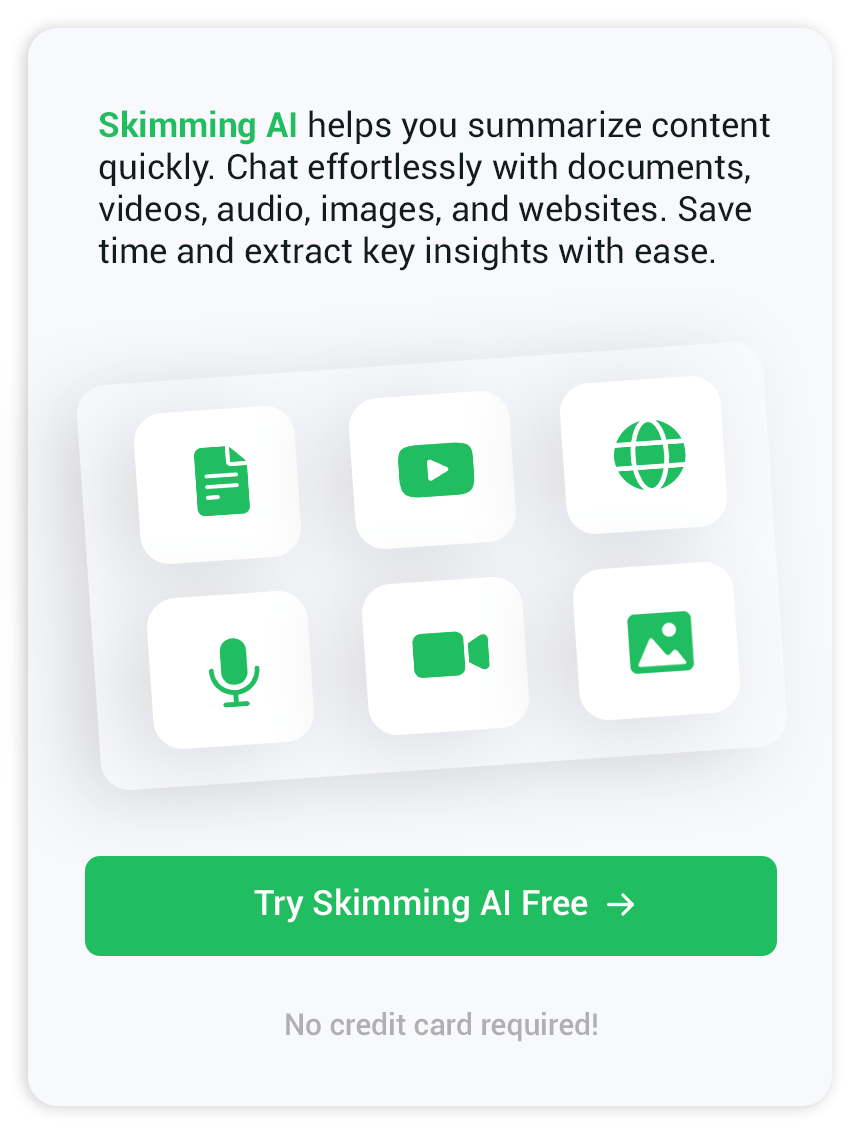AI Chatbot Guide for 2025: Uses, Models, and Picking the Right Conversational Partner
Businesses once viewed a chatbot as a scripted FAQ widget. That picture has changed. With large language models and reasoning engines now powering every message, an AI chatbot can book a table, draft code, or coach a student through algebra—often in the same breath. This guide walks through what makes these bots tick, where they shine, and how to pick the one that matches your goals.
What Is an AI Chatbot?
An AI chatbot is a conversational agent that interprets text or voice, reasons over the prompt, and returns human-like language. Unlike rule-based bots, it can generate answers it never saw during training. That flexibility comes from vast language model pre-training, followed by task-specific fine-tuning. Popular examples include ChatGPT, Google Gemini, Microsoft Copilot, and open-source projects such as DeepSeek and Llama.
Language Models Behind the Conversation
At the heart of any chatbot AI sits a transformer model trained on public text, code, and images. Tokens pass through attention layers, enabling the model to predict the next token with surprising fluency. New reasoning models go further, breaking complex tasks into steps and showing the chain of thought. The result is a bot that not only chats but also plans, analyzes, and explains.
Core Benefits of AI Chatbots
Around-the-Clock Support
A virtual assistant never sleeps. It can greet shoppers at midnight, handle password resets, or field pre-sales queries while the human team recharges.
Personalization at Scale
Because each session retains context, the same bot that troubleshoots a printer can recall a user’s preferred language or last purchase. That memory builds rapport without straining staff.
Rich Data Insights
Every interaction creates a transcript ready for sentiment analysis or trend mining. Marketers gain raw feedback, product teams spot feature requests, and support managers measure satisfaction quickly.
How AI Chatbots Work
Natural Language Understanding and Generation
Natural Language Understanding (NLU) handles intent and entity extraction. Once the bot grasps what the user wants, Natural Language Generation (NLG) crafts a reply that feels conversational rather than robotic. Together, they form the feedback loop that powers an engaging AI chat.
Reasoning Models and LLMs
Large language models produce fluent text. Reasoning models add stepwise logic. Combining the two enables a chatbot to draft a travel plan, compare two legal clauses, and then explain the differences in plain English.
Choosing the Right AI Chatbot for Your Needs
Key Features to Compare
- Context length—A Longer context lets the bot remember previous turns.
- Multimodal input—Images, voice, and even video unlock broader use cases.
- Plug-ins and integrations—Native links to calendars, CRMs, or code repositories reduce manual glue work.
Pricing Models and Limits
Vendors may bill by message, token, or monthly seat. Study caps and surge pricing, especially if your traffic spikes seasonally.
Compliance and Privacy
Healthcare, finance, and education require strict data handling. Look for SOC 2 reports, regional hosting, and fine-grained retention controls.
Leading AI Chatbot Platforms in 2025
ChatGPT and Microsoft Copilot
OpenAI’s flagship continues to raise the bar with o3 reasoning and DALL·E 3 images, while Copilot layers enterprise search and Office integration.
Google Gemini and Vertex AI Agents
Gemini blends Workspace context with real-time search. Vertex AI Agents enable teams to deploy the same backbone across websites, contact centers, and internal dashboards.
QuillBot and DeepAI for Content Creators
Both tools focus on writers who need quick idea generation, rewriting, or style shifts, wrapping the model in an interface geared toward content flow.
Skimming.ai: Instant Insight for Any Chat Log
When conversation threads run long, the Skimming AI can scan transcripts, extract key points, and shorten research time. Pairing it with your chosen chatbot keeps projects moving.
Building and Training Your Own Chatbot
Data Collection and Fine-Tuning
Start with quality domain text—support tickets, product manuals, or course notes. Clean the data, split by topic, then fine-tune a base model. Minor updates often yield significant performance gains.
Low Code and No Code Options
Platforms such as Bubble, Zapier Chatbots, and Notion AI let non-developers drag blocks, connect APIs, and launch a prototype in a weekend. For deeper control, deploy an open-source model on cloud GPUs and wrap it with your UI.
Future Trends in AI Chat
Multimodal Interfaces
Bots will soon parse images, charts, or even live camera feeds. A field technician could point a phone at a broken valve, and the chatbot would overlay repair steps.
On-Device Reasoning
Smaller models running on phones or edge servers promise lower latency and tighter privacy. Expect hybrid setups that blend local reasoning with cloud-scale knowledge.
From late-night tech support to daily brainstorming, the AI chatbot has become a companion as much as a tool. Try one out, refine prompts, and see how quickly it slots into your routine. The conversation starts when you type the first word—why not open a chat right now?


